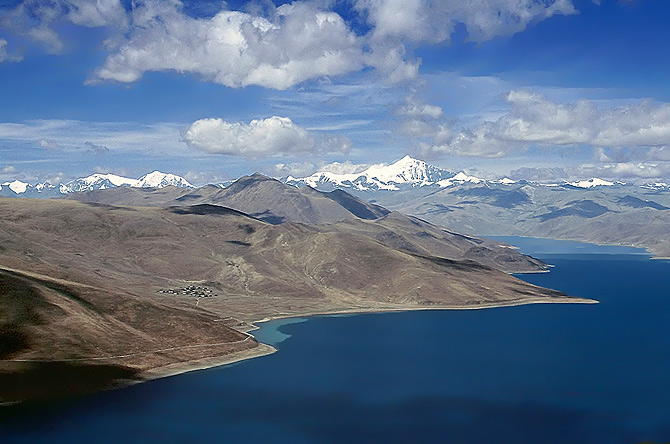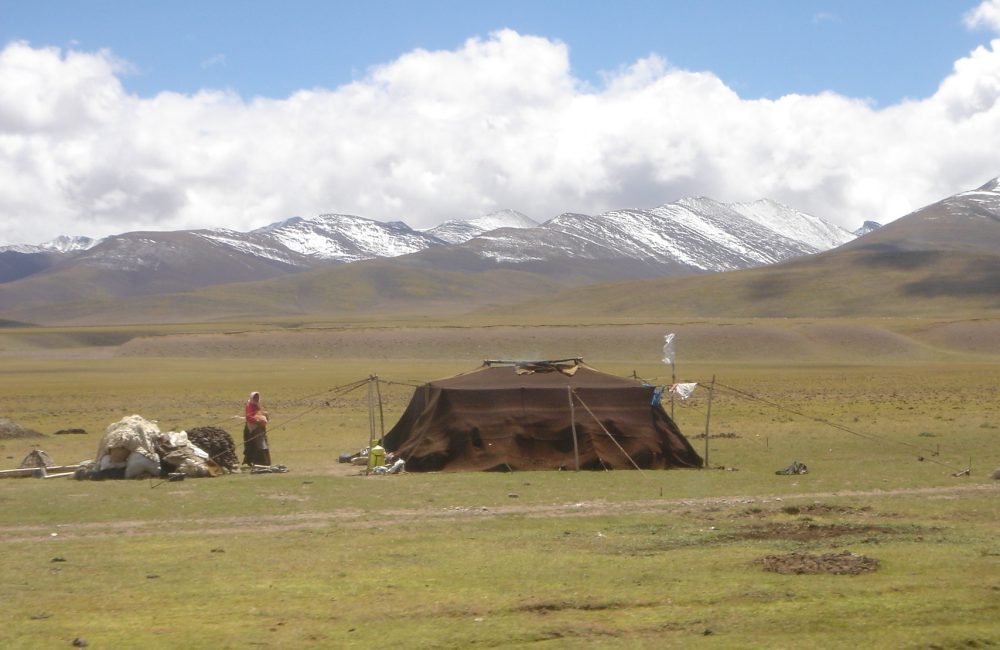[Medianthro] 59th E-seminar - Open to all. "Being There"
Thank you for your moving and very interesting theoretical contributions to ethnographic "place-making," Nina, and in this thread too.
‘Being there’, phone in hand: Thick presence and ethnographic fieldwork with media Nina Grønlykke MollerupWorking Paper for
The EASA Media Anthropology Network's 58th e-Seminar
www.media-anthropology.net
The EASA Media Anthropology Network's 58th e-Seminar
www.media-anthropology.net
http://www.media-anthropology.net/file/mollerup_beingthere.pdf
http://www.media-anthropology.net/index.php/e-seminars
I wonder if ethno-wiki-virtual-world-graph
Naked Harbin and Ethno-Wiki-Virtual-World-Graph
Methodologies for Ethnographically Studying Virtual Place: Virtual Harbin
36 slides from UC Berkeley talk on F 11/6/15
(accessible here - http://www.scottmacleod.com/
Thank you.
Best,
Scott
*
Dear Scott and all,
Thank you for sharing your slides about ‘ethno-wiki-virtual-world-
I should point out that the kind of place-making I am speaking of should not be understood in any virtual sense; I understand places as critically emplaced in the phenomenological world and notions such as third place or virtual place sit uneasy with me. Different forms of media, of course, can be hugely influential on places, but in my understanding of place, media cannot constitute places removed from the phenomenological world. But as I said, not having any knowledge of ‘ethno-wiki-virtual-world-
Cheers,
Nina
*
Hi Nina and all,
Where does your work head into a realistic virtual earth, I ask myself - re the actual and virtual of "being there" or "thick description"? Conceptually, I have in mind, a phenomenologically realistic WIKI Google Streetview / Maps / Earth with TIME SLIDER and with eventual avatars which is group build-able (like OpenSim/Second Life, but realistic) and eventually with an universal translator in all 7,097 living languages (where Google Translate is in 103, and Wikipedia / Wikidata is in 358) - for STEM researchers to add their data, photos, video, films, and computer modeling +. So this would be wiki (group-editable in multiple languages) - where we can all add these resources allowing for openness and ever growing anthropological thickness - both of description as well as of presence (and of thickness of integration of media elements, interactivity, hypermedia, immersion, and narrativity re the overture in Packer and Jordan 2001 - a theoretical departure place for me), even as the actual on-the-ground "ethnographic present" continues to unfold and inform this developing realistic virtual earth.
I wonder conceptually whether such a developing realistic virtual earth for ethno-wiki-virtual-world-
"As much as anthropologists have esteemed studies of particularly isolated
people (somehow it seems studies which have included painstaking trips on a
donkey’s back to reach a field site has a certain exalted status in our
field), our fields have of course never been isolated (Mark’s attention to
environmental issues is just one apt example here). To me, doing fieldwork
with a smartphone in my hand has opened my eyes to the ways places are
always open. It has also affected the ways the places I have been part of
have been open to other places. By doing so, it has challenged the
people (somehow it seems studies which have included painstaking trips on a
donkey’s back to reach a field site has a certain exalted status in our
field), our fields have of course never been isolated (Mark’s attention to
environmental issues is just one apt example here). To me, doing fieldwork
with a smartphone in my hand has opened my eyes to the ways places are
always open. It has also affected the ways the places I have been part of
have been open to other places. By doing so, it has challenged the
dichotomy of ‘being there’ and doing ‘anthropology at a distance’. To me,
this has significant methodological and theoretical implications for
ethnography that I hope we will pay more attention to, especially with the
threat of the digital making us lose focus on the way both we and our
digital media are always embodied in the world."
this has significant methodological and theoretical implications for
ethnography that I hope we will pay more attention to, especially with the
threat of the digital making us lose focus on the way both we and our
digital media are always embodied in the world."
With a realistic virtual earth, would place-making emerge as a new (writing / graphy / making / representing) as well as virtual phenomenological frontier relative to your thinking about the actual phenomenological, I wonder, further challenging "the dichotomy of ‘being there’ and doing ‘anthropology at a distance’ - also with methodological implications? (For example, with regard to my actual / virtual ethnographic field site, Harbin Hot Springs, and in my language, in what ways does/will/is ethnographic field work - participant observation, thick description and presence - in the actual phenomenological on-the-ground alternative
You write:
"that the kind of place-making I am speaking of should not be understood in any virtual sense; I understand places as critically emplaced in the phenomenological world and notions such as third place or virtual place sit uneasy with me. Different forms of media, of course, can be hugely influential on places, but in my understanding of place, media cannot constitute places removed from the phenomenological world. But as I said, not having any knowledge of ‘ethno-wiki-virtual-world-g
And you write:
"To me, doing fieldwork with a smartphone in my hand has opened my eyes to the ways places are always open." I wonder if, further, ethno-wiki-virtual-world-
If one could convert your videos, for example, from the Egyptian uprising in 2012-2013 into a Google Streetview / OpenSimulator interactive build-able environment (which application isn't made yet - and avatar-bots with agency are only beginning to develop), and then interact ethnographically in terms of thick presence with these new avatar bots (say in 5 years from now - as A.I., machine learning and machine translation develop) - and with video also from the present converted into interactive avatar bots/realistic virtual earth - of you and your compatriots then and now - how would this further inform your understanding of thick presence phenomenologically on-the-ground re thick presence virtually, I ask myself?
Would Elisenda's observation about and appreciation of your "location, temporality and presence and the management of the prefix co- to construct your issue" lead to new ways of rethinking anthropological thick presence, conceptually, re a realistic virtual earth for ethno-wiki-virtual-world-
Thank you for your thought-provoking "thick presence" place-making thinking, Nina.
Best, Scott
*
...





